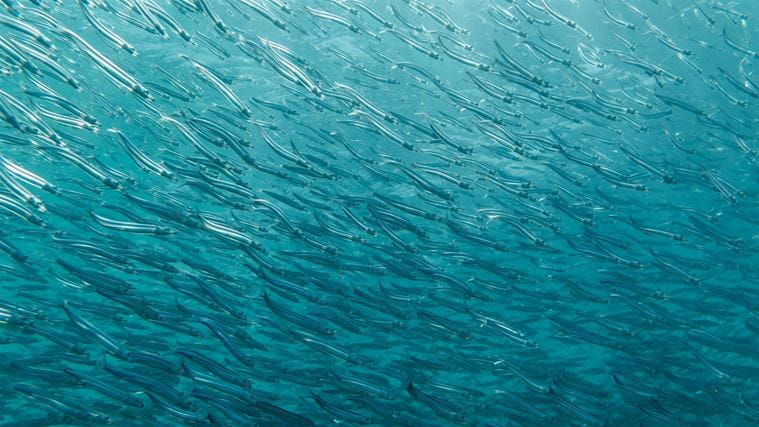Fish Pass Iron Gates

Six species of sturgeon live in the Danube. The Beluga sturgeon is the largest freshwater fish in Europe and reaches lengths of up to 4.5 m in the Danube. Only one sturgeon species, the Sterlet, spends its entire life in fresh water. The other species spend their adult life in the Black Sea and return to fresh water to spawn. Until the 19th century the sturgeons migrated more than 2,000 km up the Danube to Vienna and even to Regensburg. Although they have survived the dinosaurs, sturgeons are now the most endangered animals on the IUCN Red List of Endangered Species. Today, five of the six species native to the Danube are classified as highly endangered. One reason for this is the two dams and hydroelectric power plants Iron Gates I & II on the Romanian-Serbian border.
The "WePass" project is an initiative to facilitate fish migration in the Danube catchment area. It focuses on the restoration and conservation of fish species migration routes in the Danube, especially at the Iron Gate. CDM Smith and our partner OAK Consultants, together with the International Commission for the Protection of the Danube River, the Jaroslav Černi Institute and the Danube Delta National Institute, are compiling the technical and biological data for a feasibility study on the restoration of passability at the barrages at the Iron Gate. CDM Smith is responsible for the quality assurance of the technical and biological data collection and evaluation, the organisation and moderation of a technical workshop and the development of a 3D basic model for the subsequent engineering design.
CDM Smith provides lasting and integrated solutions in water, environment, transportation, energy and facilities to public and private clients worldwide. As a full-service engineering and construction firm, we deliver exceptional client service, quality results and enduring value across the entire project life cycle.
Marq Redeker is an internationally recognised expert for fish ladders.
